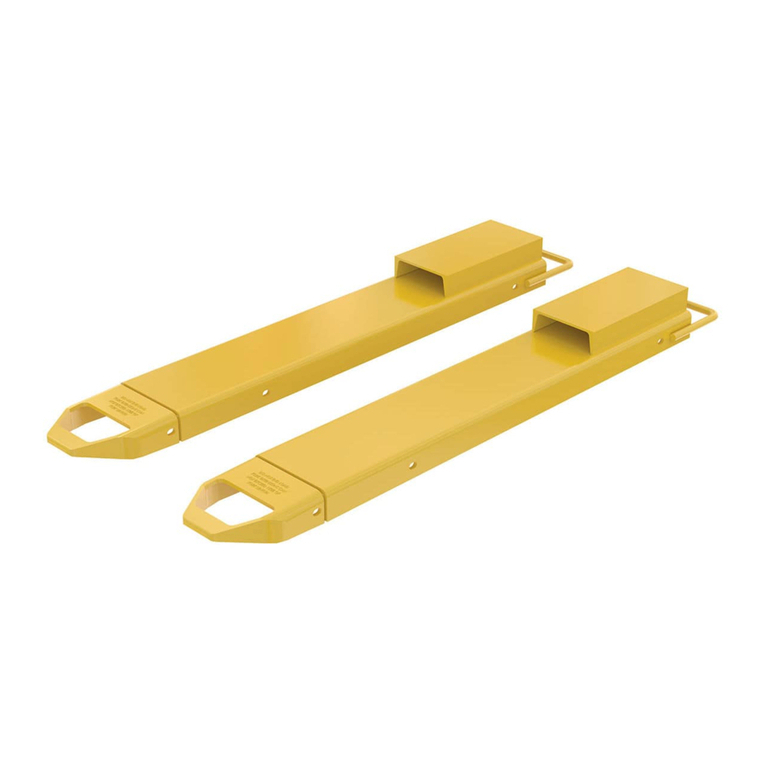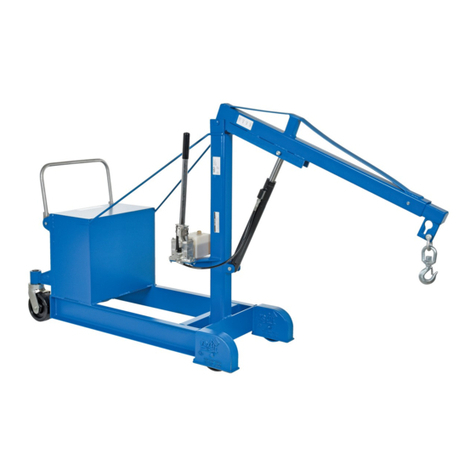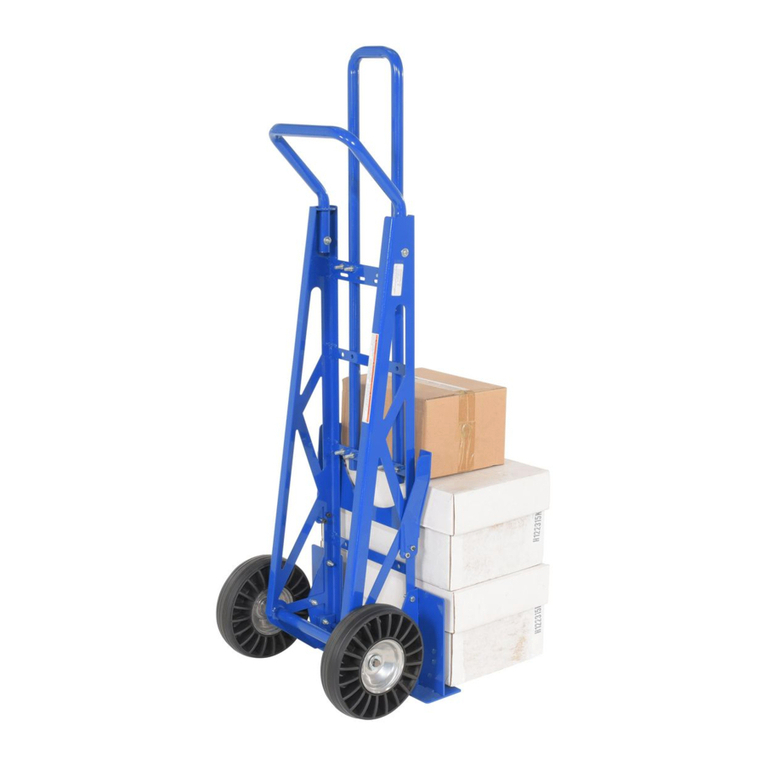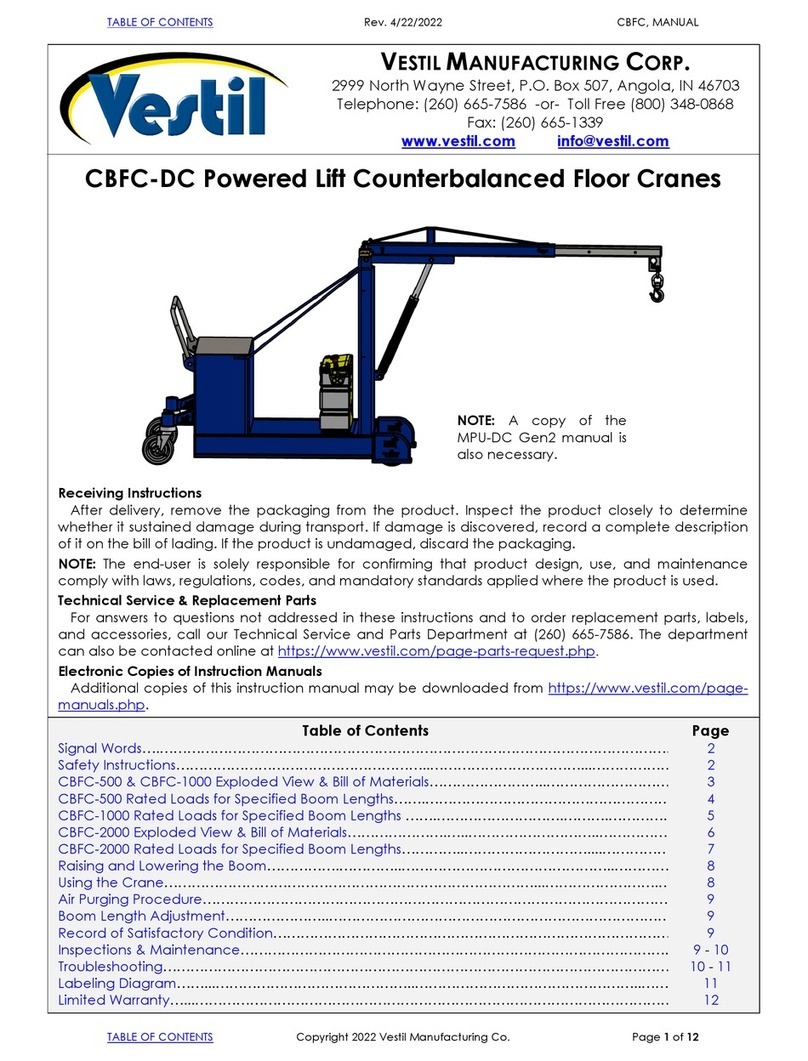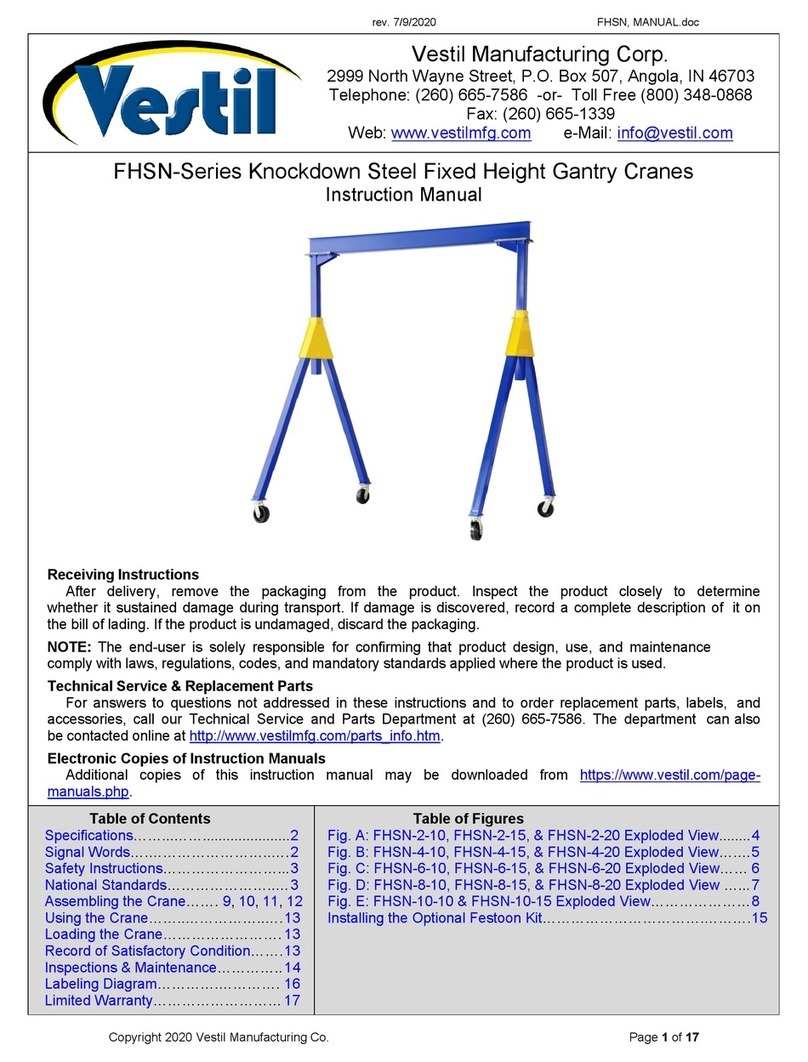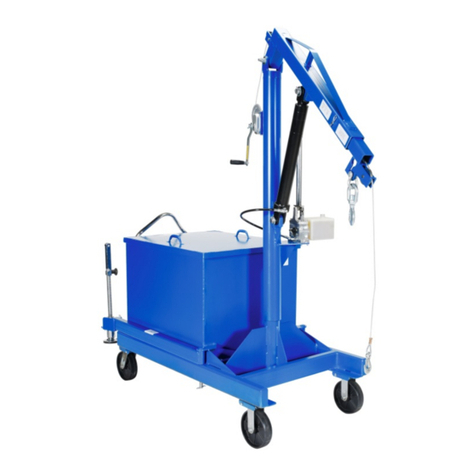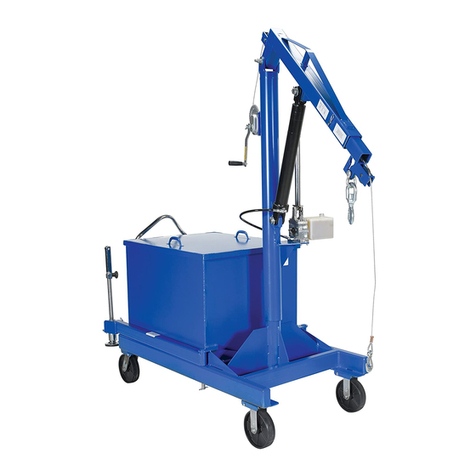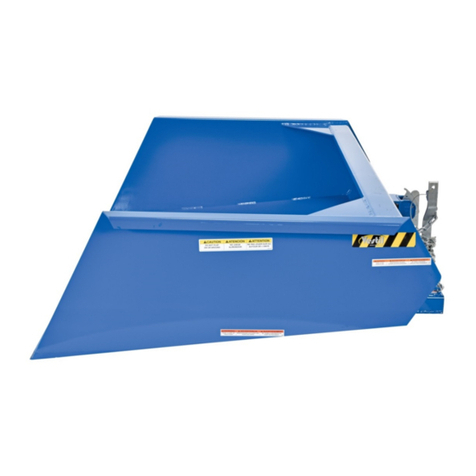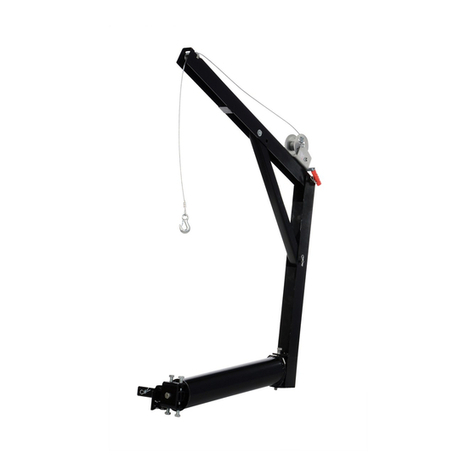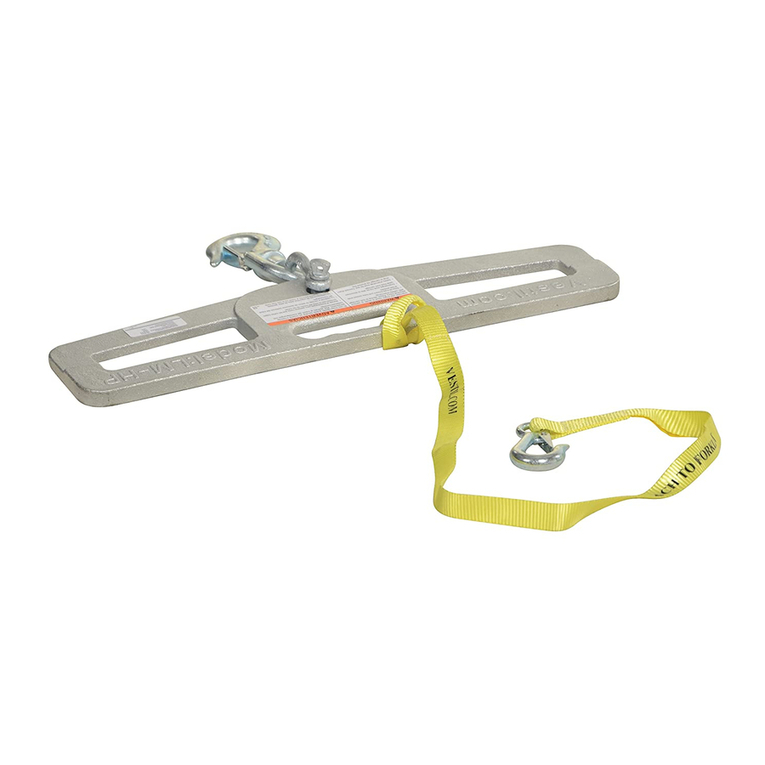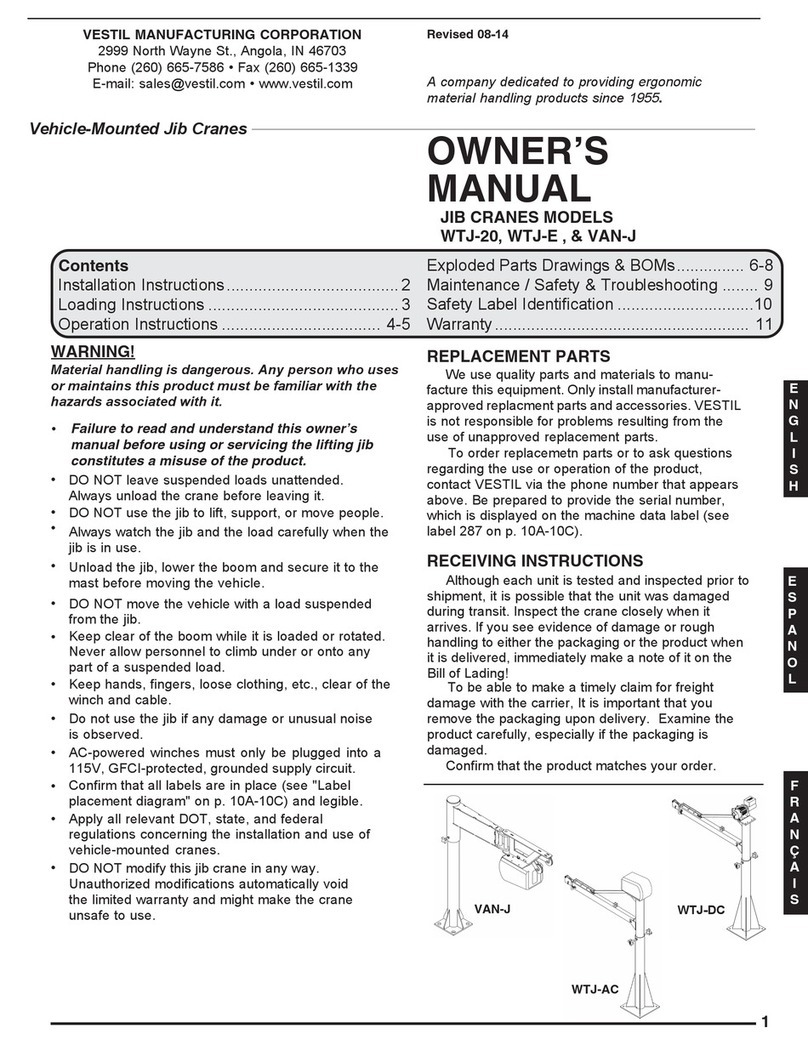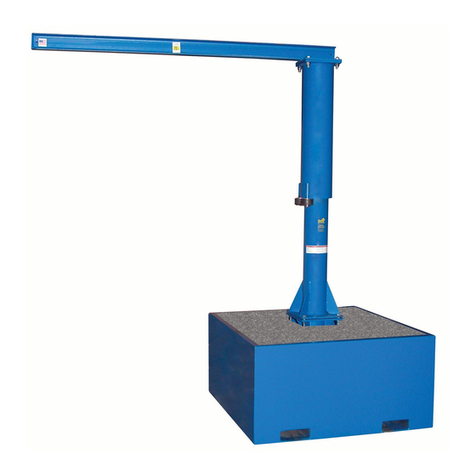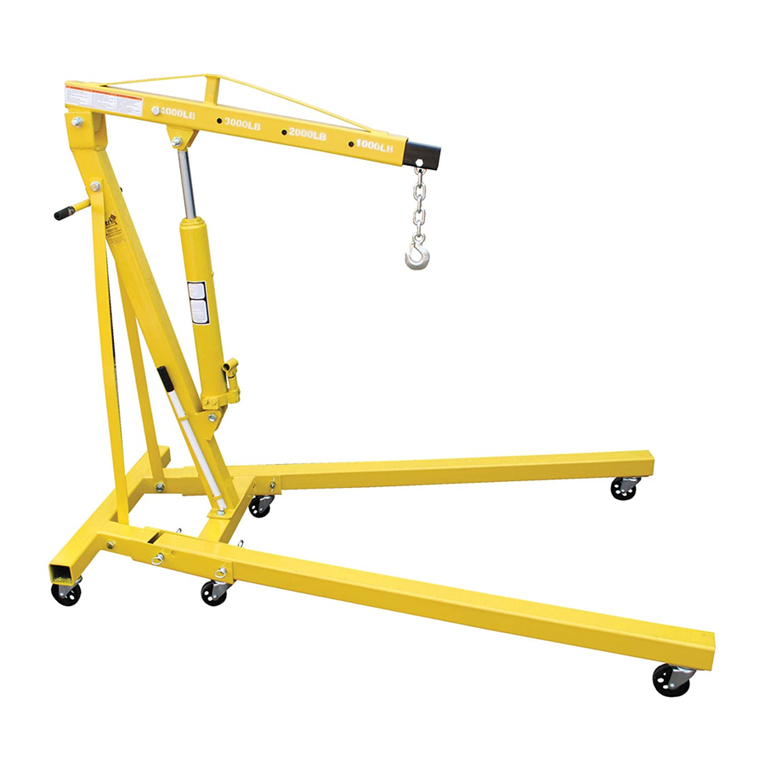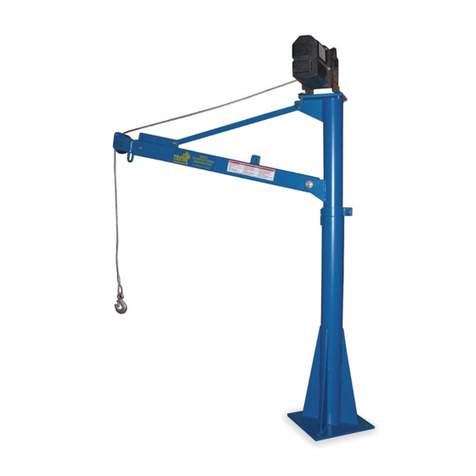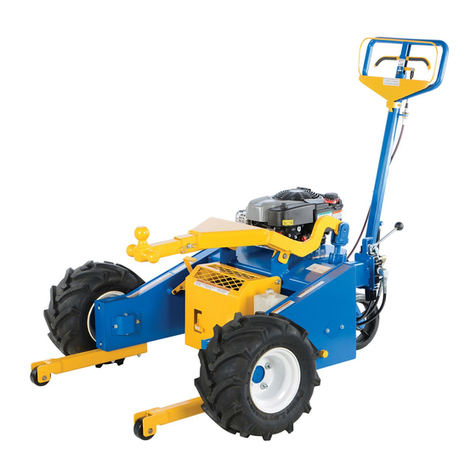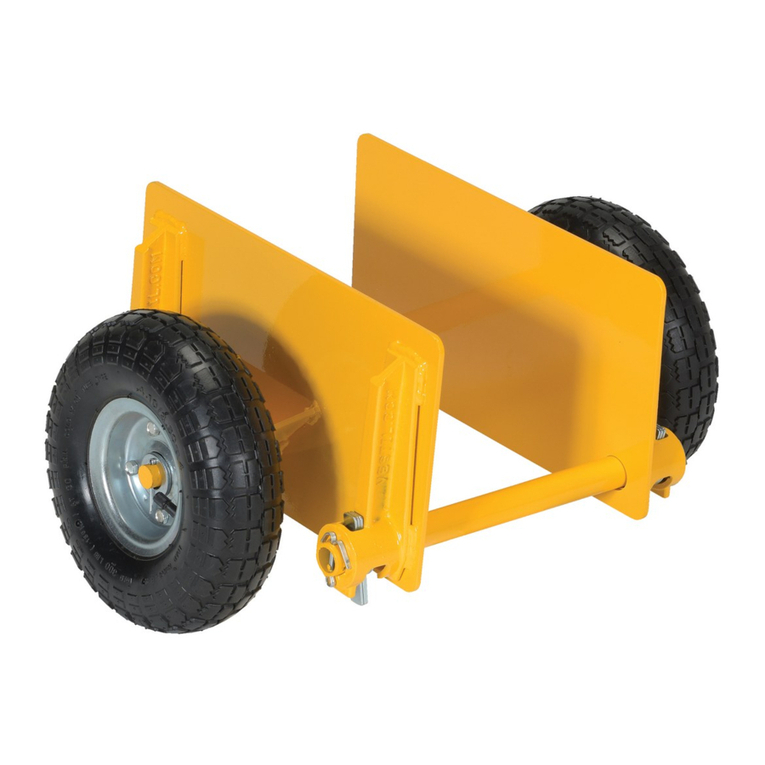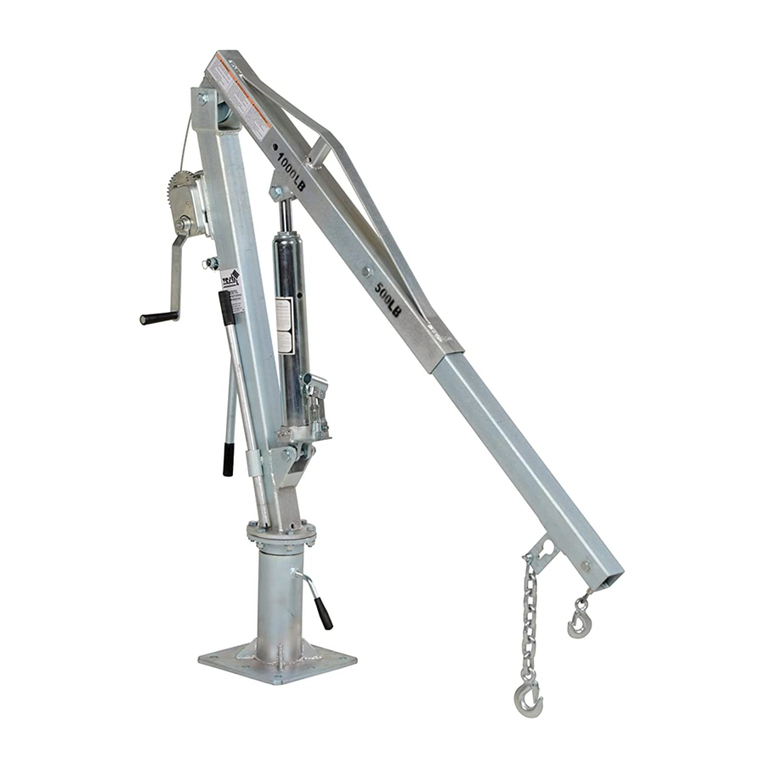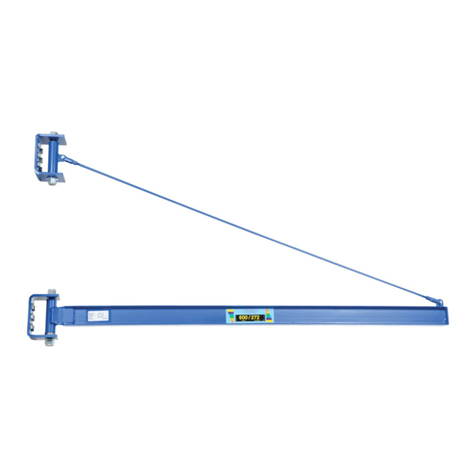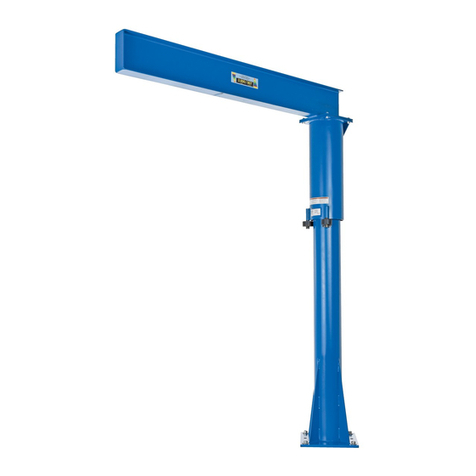
Rev. 7/11/2016 AHA, MANUAL
Copyright 2016 Vestil Manufacturing Corp. Page 4 of 25
AHA Option Description
AHA-2/4-TLC TOTAL LOCKING CASTERS (SET OF 4; ONLY FOR 2,000 & 4,000LB. CAPACITY MODELS)
AHA-PNU-RF RETROFIT FOUR-WAY LOCKING PNEUMATIC CASTERS (1,500 POUND CAPACITY)
AHA-2/4-V 8IN. X 2IN. V-GROOVE WHEELS (SET OF 4; 2,000 & 4,000LB. CAPACITY MODELS ONLY)
AHA-2/4-V4 8IN. X 2IN. V-GROOVE WHEELS (SET OF 4 WITH 4-POSITION LOCK; ONLY FOR 2,000 & 4,000LB.
CAPACITY MODELS)
AHA-KIT (2) COME-ALONG FOR HEIGHT ADJUSTMENT ONLY
Signal words:
This manual uses SIGNAL WORDS to indicate the likelihood of personal injuries, as well as the probable
seriousness of those injuries, if the product is misused in the ways described. Other signal words call attention to uses
of the product likely cause property damage. The signal words used appear below along with the meaning of each
word:
Identifies a hazardous situation which, if not avoided, WILL result in DEATH or
SERIOUS INJURY. Use of this signal word is limited to the most extreme situations.
Identifies a hazardous situation which, if not avoided, COULD result in DEATH or
SERIOUS INJURY.
Indicates a hazardous situation which, if not avoided, COULD result in MINOR or
MODERATE injury.
Identifies practices likely to result in product/property damage, such as operation that might
damage the product.
Safe use recommendations:
VESTIL strives to identify foreseeable hazards associated with the use of its products. However, material handling is
inherently dangerous and no manual can address every conceivable risk. The end-user ultimately is responsible for
exercising sound judgment at all times.
Electrocution might result if the crane contacts electrified wires. Reduce the likelihood that an operator
or bystander might be electrocuted by applying the following:
DO NOT assemble or use the crane in an area where it might contact electrified wires.
DO NOT contact electrified wires with the crane.
Material handling is dangerous. Improper or careless operation might result in serious personal
injuries. To reduce the risk of injury:
Before using the crane, always inspect the usage area for conditions that might require special precautions.
DO NOT use a structurally damaged/malfunctioning crane. ALWAYS inspect the crane before each use according to the
inspection instructions on p. 21-22. DO NOT use the crane unless it passes every part of the prescribed inspection, i.e. do
not use the crane if it is damaged.
DO NOT attempt to lift a load that weighs more than the rated load of your crane model (see Table on p. 2-4; capacity
labels on product; “Markings and labels” on p. 23).
DO NOT stand beneath or travel under the crane if a load is suspended, and DO NOT permit any person to stand
beneath, or walk/stand under, the load.
Inform all persons in the area that you are going to use the crane; instruct them to stay clear of the crane and the
supported load during operation.
DO NOT allow people to ride on the load or climb on the crane.
ALWAYS load the crane according to “Proper loading” recommendations on p. 21. Failure to properly load the crane
might cause the load to swing as it rises. A swinging load might cause serious injury.
DO NOT use the crane if any label (see p. 23) is unreadable, damaged, or missing. Contact Vestil for replacement
label(s) as needed.
DO NOT use the crane to transport loads. ONLY use the crane to lift loads!




















